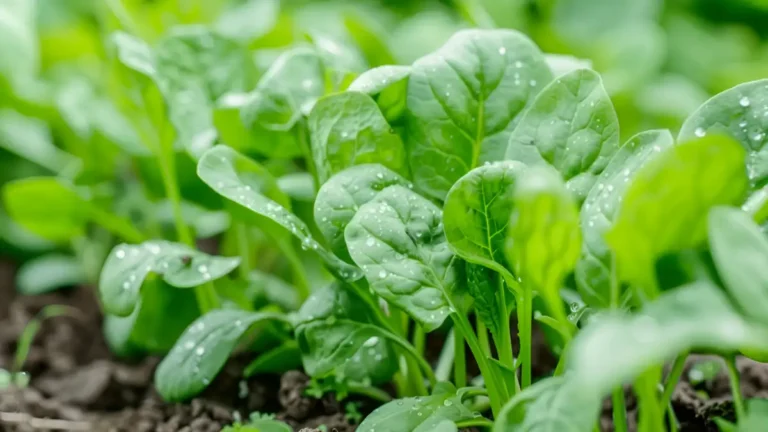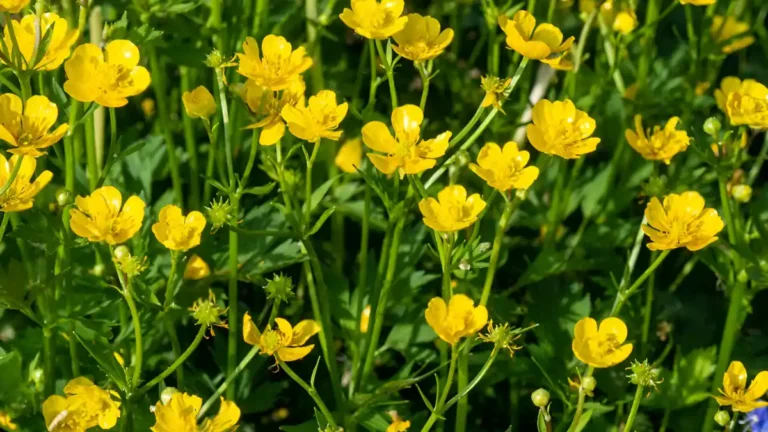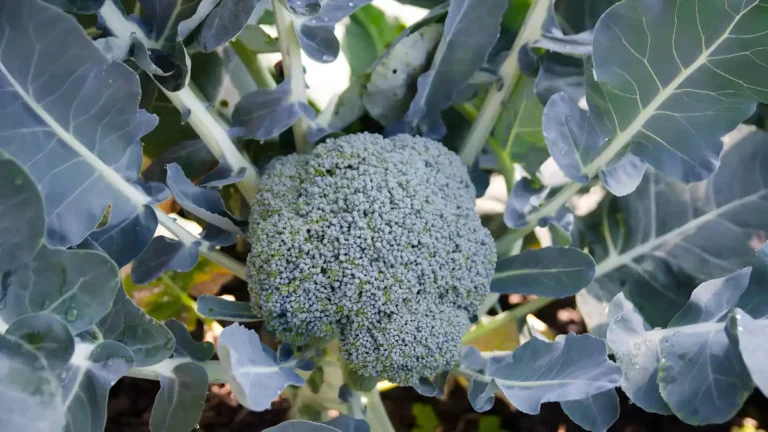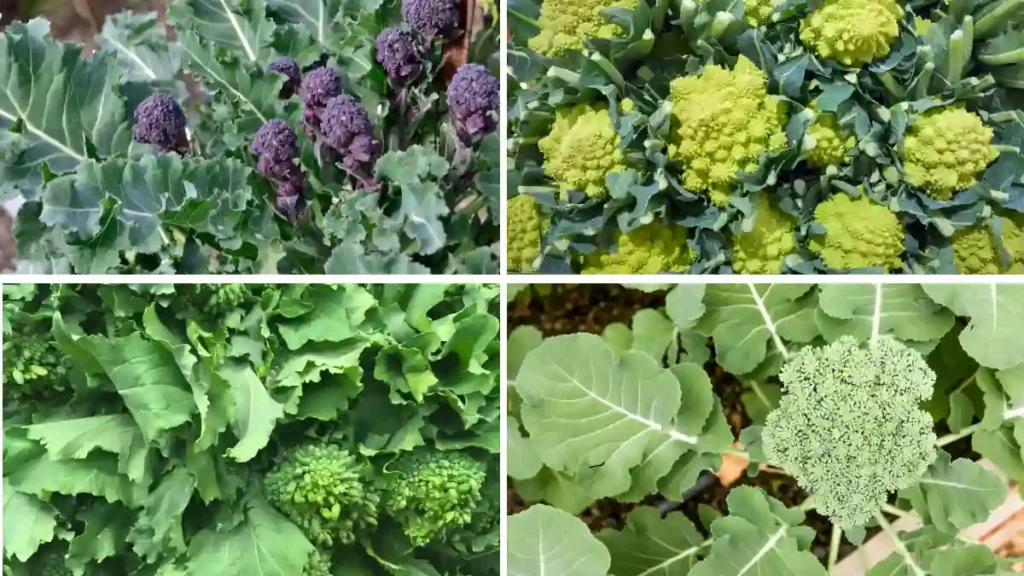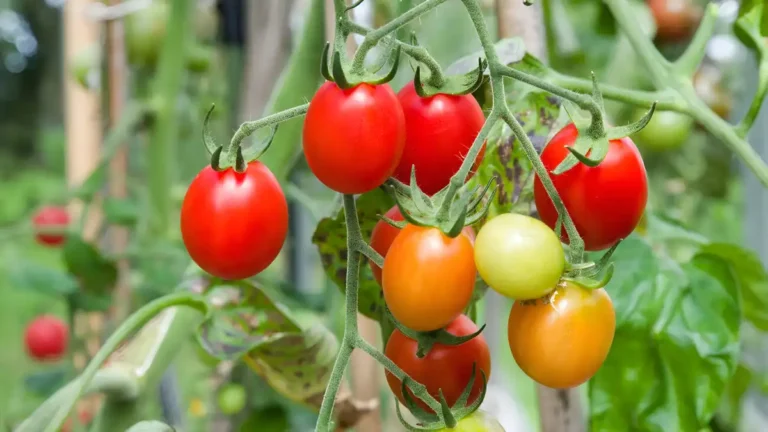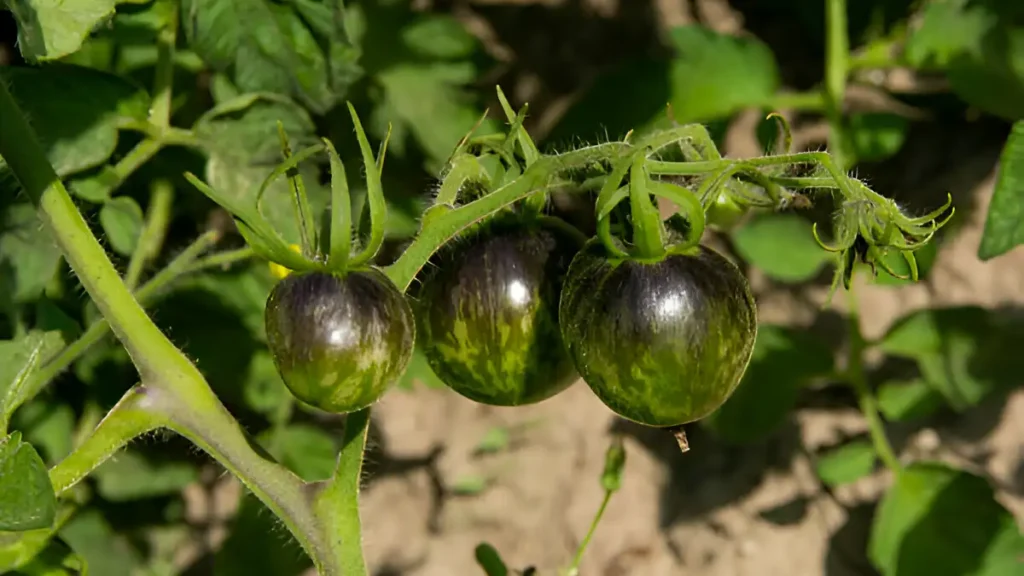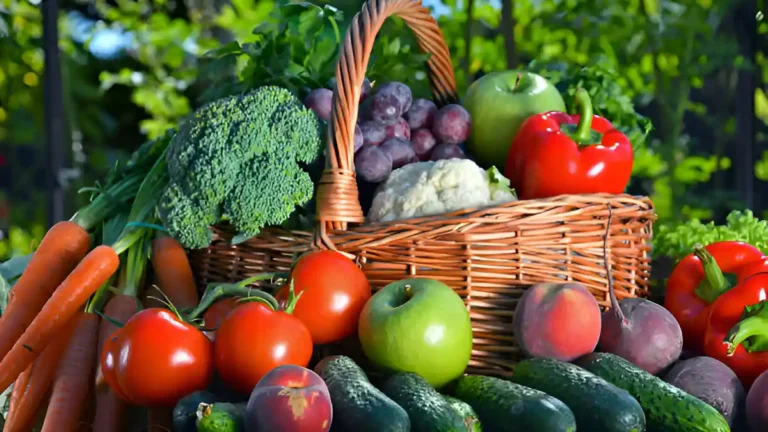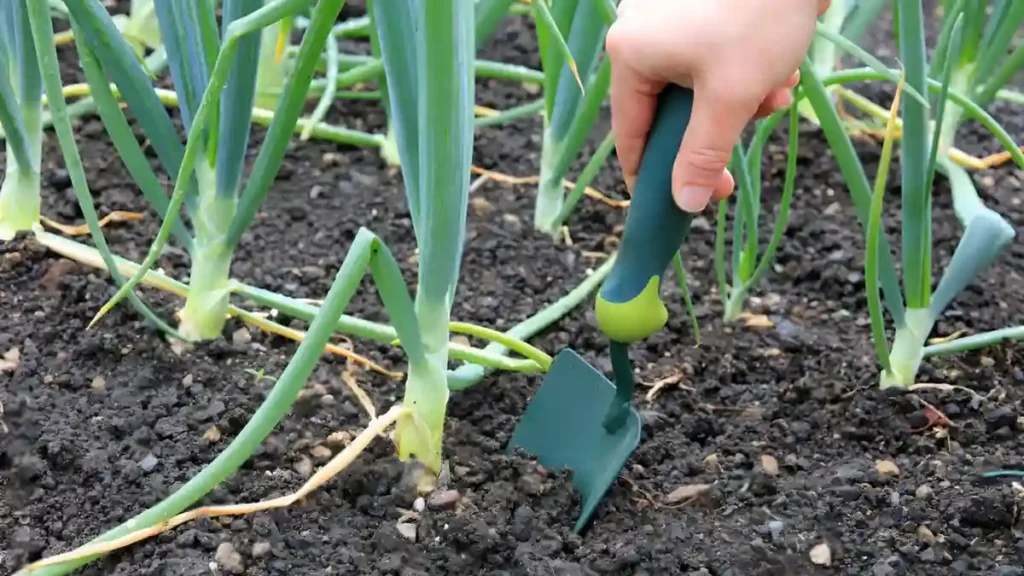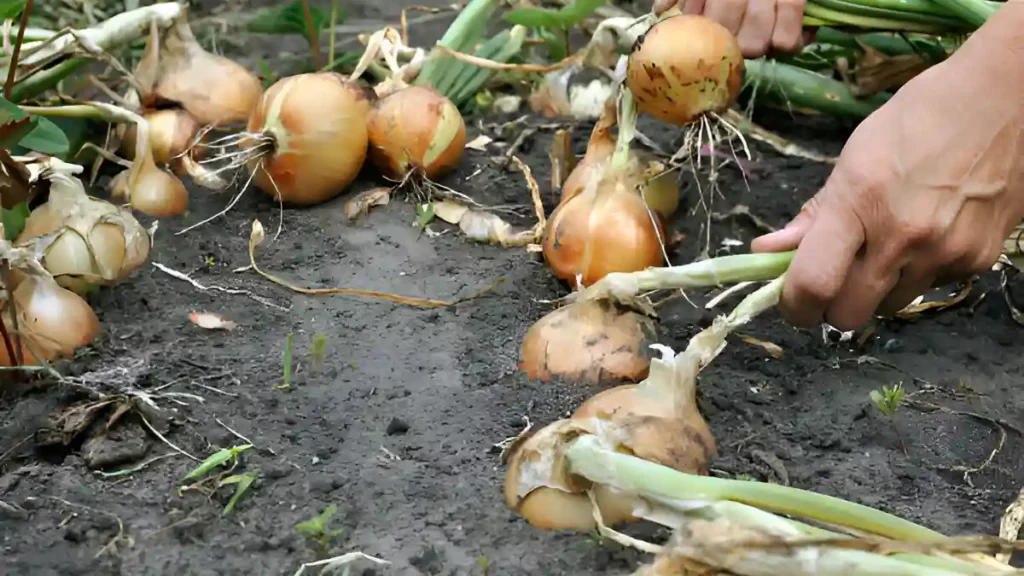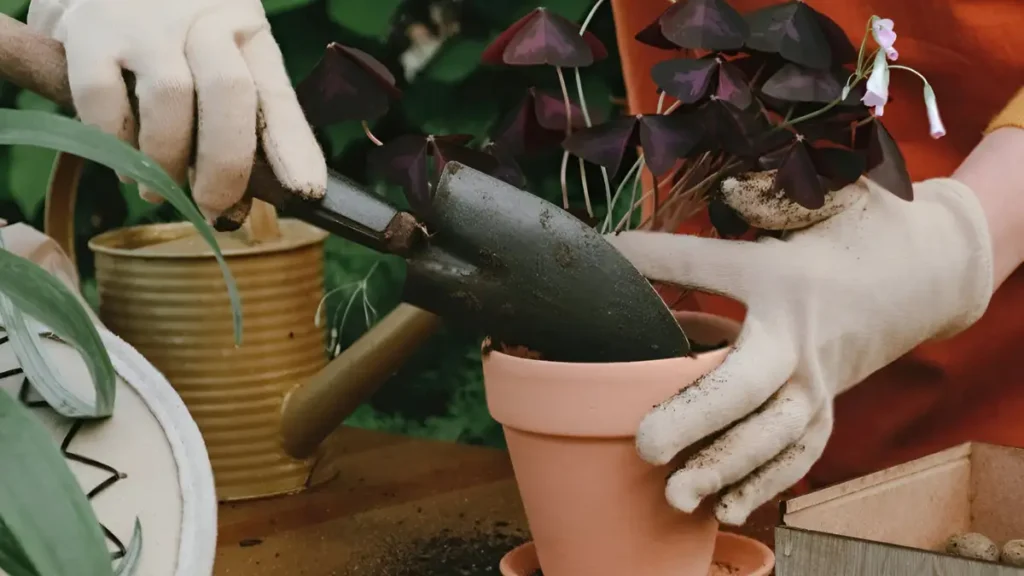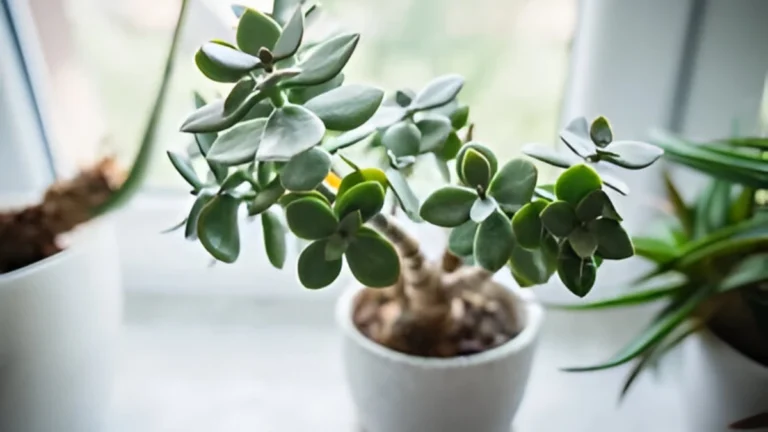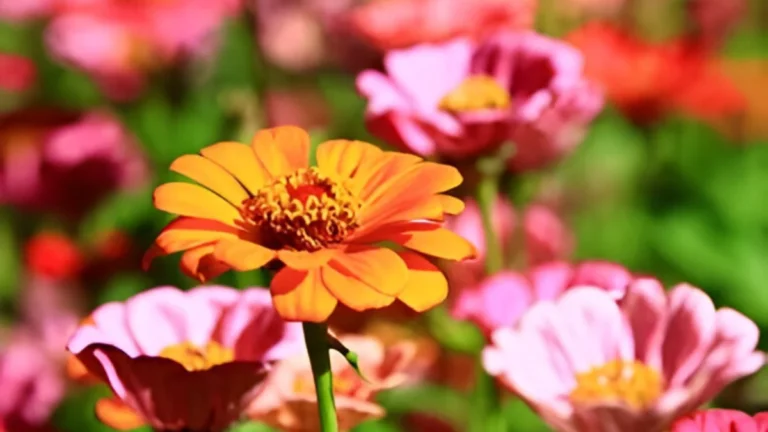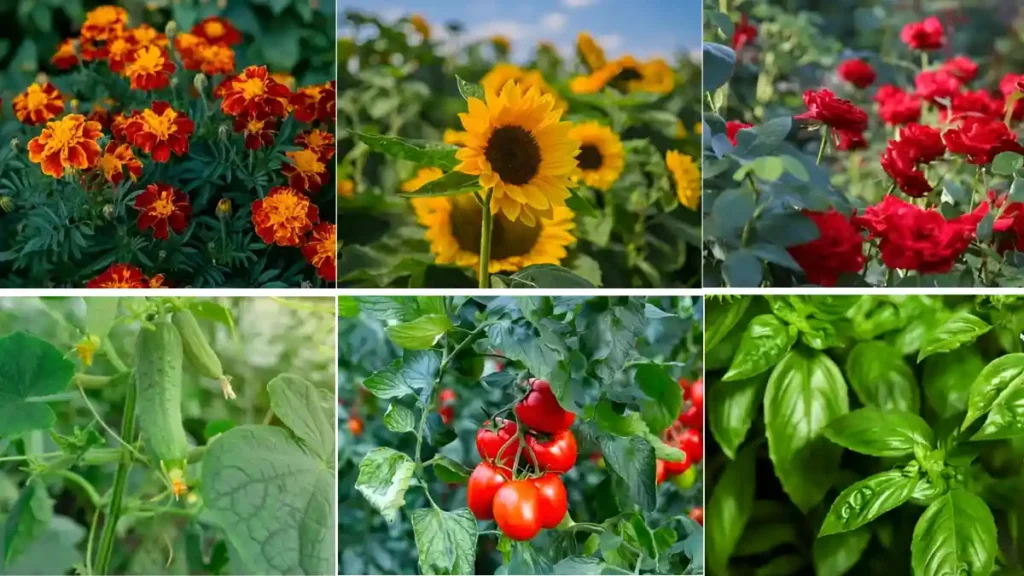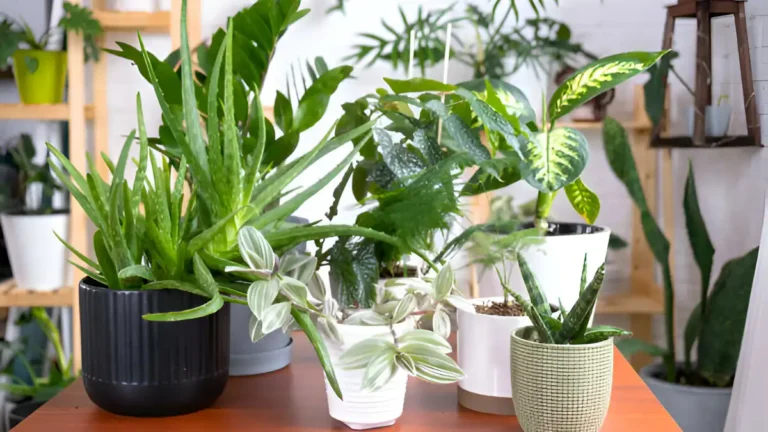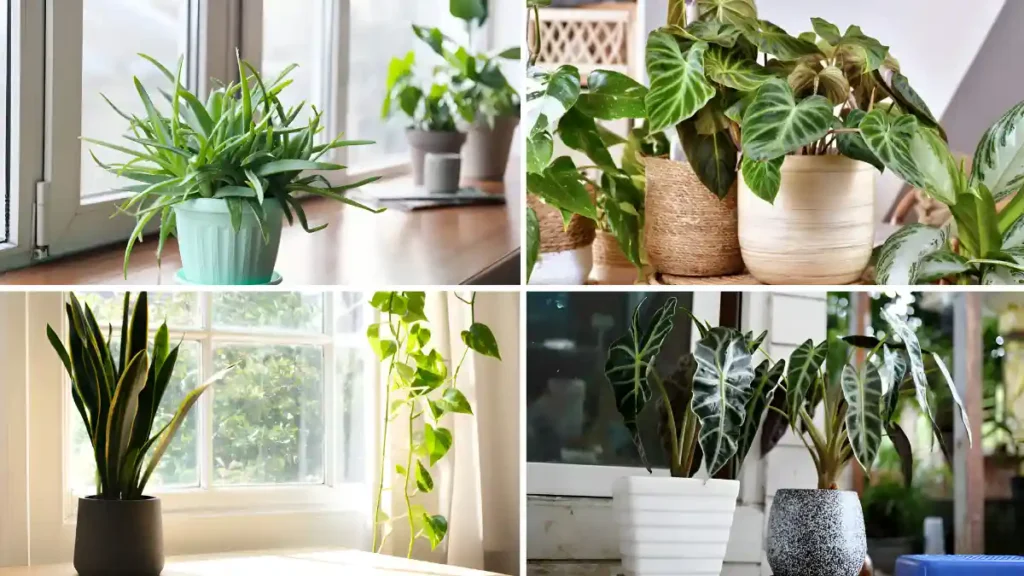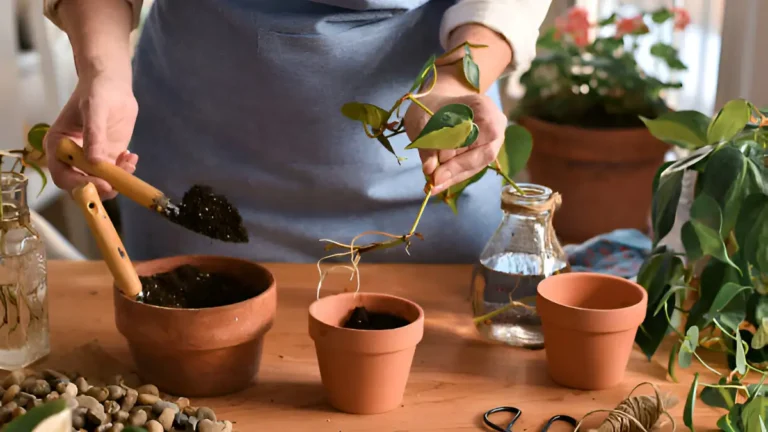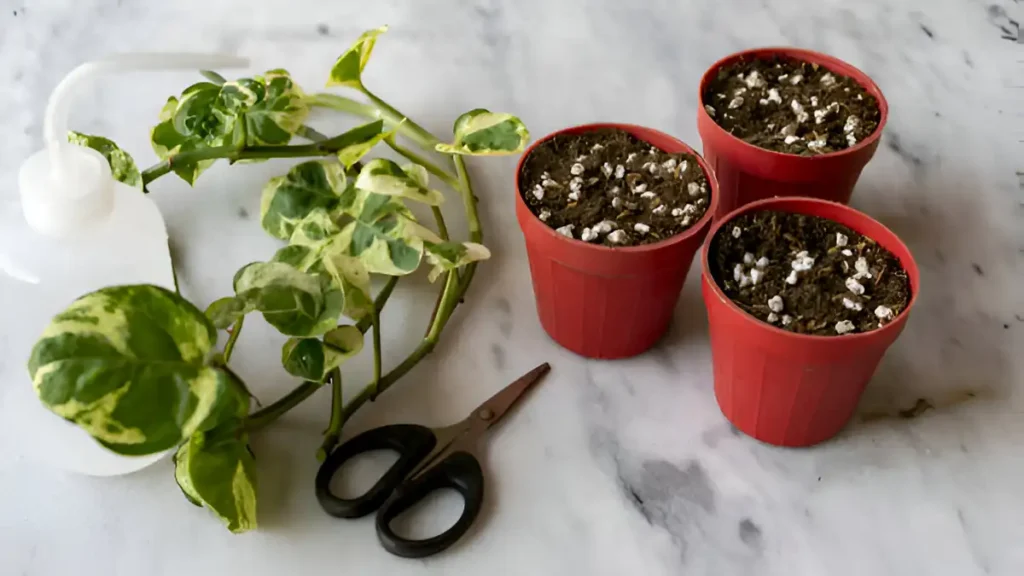A great technique to expand the harvest from your vegetable garden is to add salad greens. Although there are summertime spinach cultivars that can withstand high temperatures, spinach is an annual vegetable that thrives in cool weather. The climate will determine how successful you can be in producing spinach in the summer. It’s possible to classify these cultivars as heat-tolerant spinach. These labels will improve your chances of success, but they won’t ensure that your spinach will grow in the summer. Spinach that can withstand heat is covered in-depth in this article.
Learn about the best heat-tolerant spinach varieties:
It is perfect to cultivate heat-tolerant spinach varieties in warm locations or during the summer because they are specially bred to resist greater temperatures.
Summer spinach varieties:
- Malabar Spinach
Another substitute for real spinach. This plant produces thick, fleshy, dark green, oval- to heart-shaped climbing vines with thick, semi-succulent leaves that have a mucilaginous texture. It grows most effectively in hot, humid weather, full sun, and loamy, well-drained soils. This quickly spreading plant can reach a maximum length of 10 meters. They include high levels of folate, manganese, vitamins A and C, and several nutritional minerals.
- Catalina
A spinach hybrid semi-savoy cultivar with a mild flavor. This heat-tolerant spinach is perfect for a fast harvest in less-than-perfect circumstances. Plant loosely in well-drained soil, in full sun to medium shade, 2 to 15 inches deep. Once a month, fertilize using a balanced fertilizer. 10. Trim the leaves off of the plant at the base, leaving a little bit of the stem bare to promote regrowth.
- Oceanside spinach
A type of vegetable that produces large amounts of baby greens, in certain areas, this cultivar has been observed to grow till midsummer. Southwest Asia is its birthplace. In full sun to medium shade, plant loosely 12 to 15 inches deep in well-drained soil. Its length and width measure between 4 and 6 inches. Provide a monthly feeding with a balanced fertilizer. Eliminate any weeds from the area to avoid competition for nutrients.
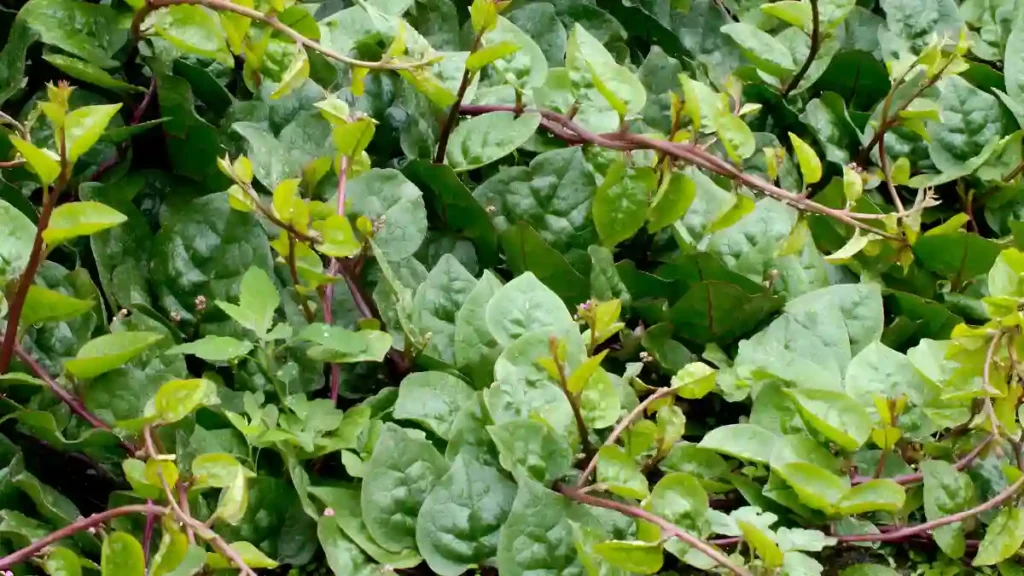
- Bloomsdale Longstanding
A popular summertime spinach type that is open-pollinated. Sow it in full sun, 1/2 inch deep in loamy soil. Every week, spinach needs around one inch of water. As directed by the packet, fertilizer should be applied to it. When leaves are large enough to handle, about 40 to 50 days after planting, harvest them.
- Okinawa spinach
Another excellent low-ground cover-producing, heat-tolerant leafy green. Plant this plant in full to moderate shade on well-drained soil. For best growth, plant seedlings 12–18 inches apart. A balanced organic fertilizer can also be applied monthly during the growing season. To promote bushier growth, regularly trim the tips of the plants.
- Indian Summer spinach
A hybrid spinach that resists disease well and bolts exceptionally slowly. This plant should be planted 1/2 inch deep in well-draining, organic matter-rich soil in an area that receives at least 6 to 8 hours of direct sunlight daily. To prevent watering the foliage, water the base of the plants. Feed the plants every two to three weeks with a balanced liquid fertilizer during the growing season. Maintain a weed-free planting space to decrease competition for nutrients and water.
Conclusion:
In agricultural science, creating spinach types that can withstand high temperatures is a noteworthy breakthrough. When exposed to extreme temperatures, traditional spinach cultivars tend to bolt or grow bitter, which lowers their quality and production. Spinach that can tolerate heat will not mind these conditions. If you follow the above instructions, you will be able to successfully grow heat-tolerant spinach in your garden. In general, hot-tolerant spinach provides a proactive approach to addressing the issues provided by climate change.
Certainly! If you’d like to learn more, please consider following our WhatsApp Channel: Harvest Gardening
A frequently asked questions:
Q1. What type of soil is ideal for growing spinach in hot weather?
A1. The ideal soil for spinach is loamy, well-draining soil with a pH of 6.0 to 7.5. Composting helps enhance the fertility and structure of the soil, assisting in moisture retention and supplying vital nutrients.
Q2. How to grow spinach plant indoors?
A2. Work with healthy, fertile soil; provide 10 to 14 hours of sunshine every day; use grow lights if needed. Keep the soil clean and moist all the time.
Q3. Can dogs eat spinach?
Q3. Yes, with moderation, dogs can eat spinach. It is an excellent source of vitamins and nutrients, but because of its high oxalate content. which in excess, can cause kidney problems, it should only be taken in moderation.
Q4. What type of soil is ideal for growing spinach in Texas?
A4. The ideal growing conditions for spinach are rich, well-drained soil with a pH of 6.0 to 7.0. Composting can enhance the fertility and structure of the soil.

